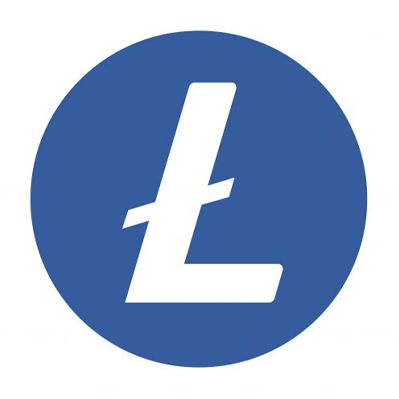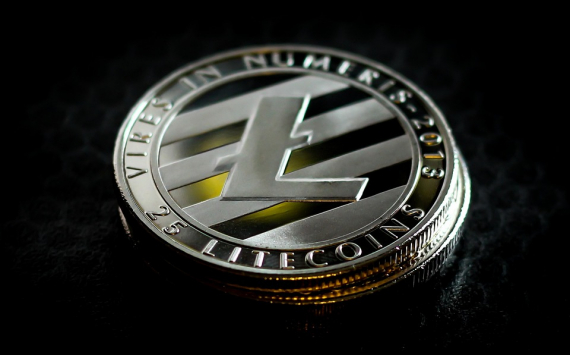Description
Litecoin is a decentralized peer-to-peer cryptocurrency and open-source software project released under the MIT/X11 license. Inspired by Bitcoin, Litecoin was among the earliest altcoins, starting in October 2011. In technical details, the Litecoin main chain shares a slightly modified Bitcoin codebase. The practical effects of those codebase differences are lower transaction fees, faster transaction confirmations, nand faster mining difficulty retargeting. Due to its underlying similarities to Bitcoin, Litecoin has historically been referred to as the "silver to Bitcoin's gold." In 2022, Litecoin added optional privacy features via soft fork through the MWEB (MimbleWimble extension block) upgrade.
History
Pre-Litecoin
By 2011, Bitcoin mining was largely performed by GPUs. This raised concern in some users that mining now had a high barrier to entry, and that CPU resources were becoming obsolete and worthless for mining. Using code from Bitcoin, a new alternative currency was created called Tenebrix (TBX). Tenebrix replaced the SHA-256 rounds in Bitcoin's mining algorithm with the scrypt function, which had been specifically designed in 2009 to be expensive to accelerate with FPGA or ASIC chips. This would allow Tenebrix to have been "GPU-resistant", and utilize the available CPU resources from bitcoin miners. Tenebrix itself was a successor project to an earlier cryptocurrency which replaced Bitcoin's issuance schedule with a constant block reward (thus creating an unlimited money supply). However, the developers included a clause in the code that would allow them to claim 7.7 million TBX for themselves at no cost, which was criticized by users.
To address this, Charlie Lee, a Google employee who would later become engineering director at Coinbase, created an alternative version of Tenebrix called Fairbrix (FBX). Litecoin inherits the scrypt mining algorithm from Fairbrix, but returns to the limited money supply of Bitcoin, with other changes.
Creation and launch
Lee released Litecoin via an open-source client on GitHub on October 7, 2011. The Litecoin network went live on October 13, 2011.
Litecoin was a source code fork of the Bitcoin Core client, originally differing by having a decreased block generation time (2.5 minutes), increased maximum number of coins, different hashing algorithm (scrypt, instead of SHA-256), faster difficulty retarget, and a slightly modified GUI.
2011–2016
After launch, the early growth of Litecoin was aided by its increasing exchange availability and liquidity on early exchanges such as BTC-e. During the month of November 2013, the aggregate value of Litecoin experienced massive growth which included a 100% leap within 24 hours.
In early 2014, Lee suggested merge mining (auxPOW) Dogecoin with Litecoin to the Dogecoin community at large. In September 2014, Dogecoin began merge-mining with Litecoin, providing increased security for Dogecoin and a permanent block subsidy that previously was not available with Litecoin mining.
2017–2021
In 2020, PayPal added the ability for users to purchase a derivative of Litecoin along with Bitcoin, Ethereum and Bitcoin Cash which could not be withdrawn or spent as part of its Crypto feature.
In September 2021, a fake press release was published on GlobeNewswire announcing a partnership between Litecoin and Walmart. This caused the price of Litecoin to increase by around 30%, before the press release was revealed as a hoax.
2022–present
In May 2022, MWEB (Mimblewimble Extension Blocks) upgrade was activated on the Litecoin network as a soft fork. This upgrade provides users with the option of sending confidential Litecoin transactions, in which the amount being sent is only known between the sender and receiver.
In June 2022, PayPal added the ability for users to transfer Litecoin along with Bitcoin, Ethereum and Bitcoin Cash between PayPal to other wallets and exchanges.























